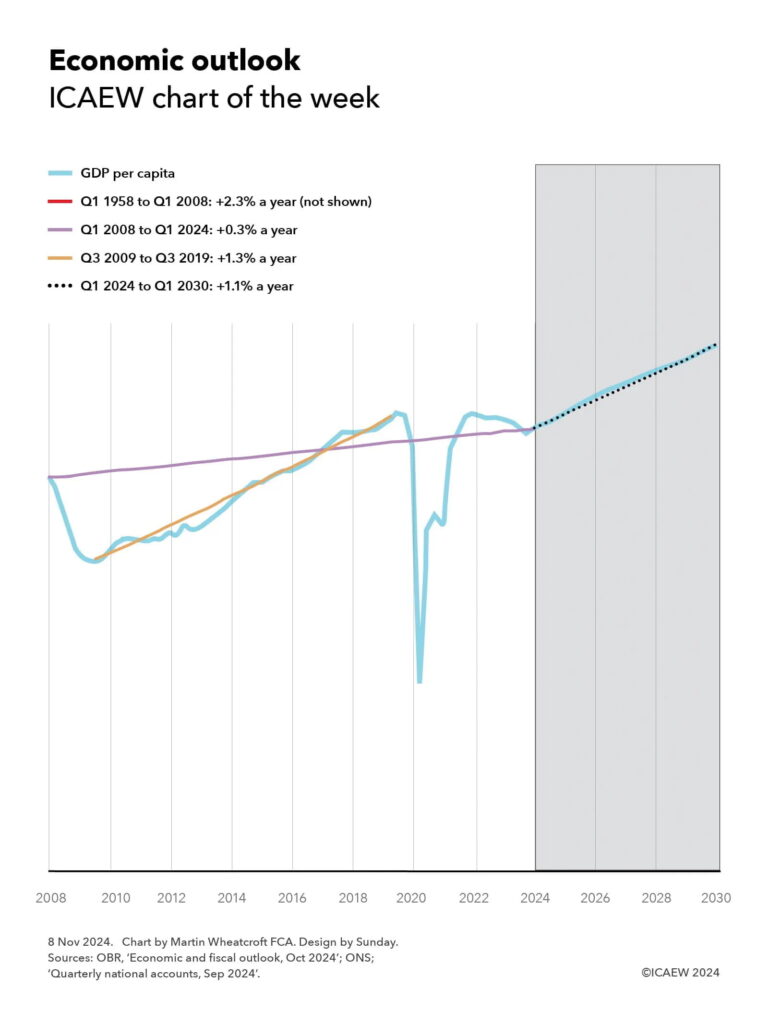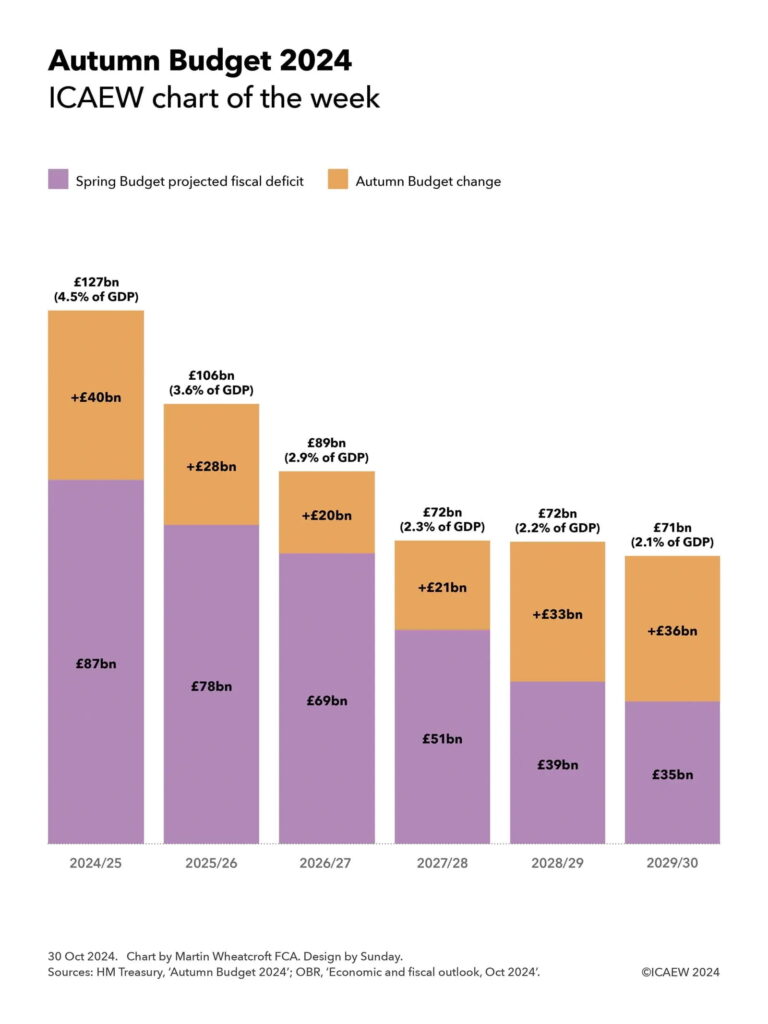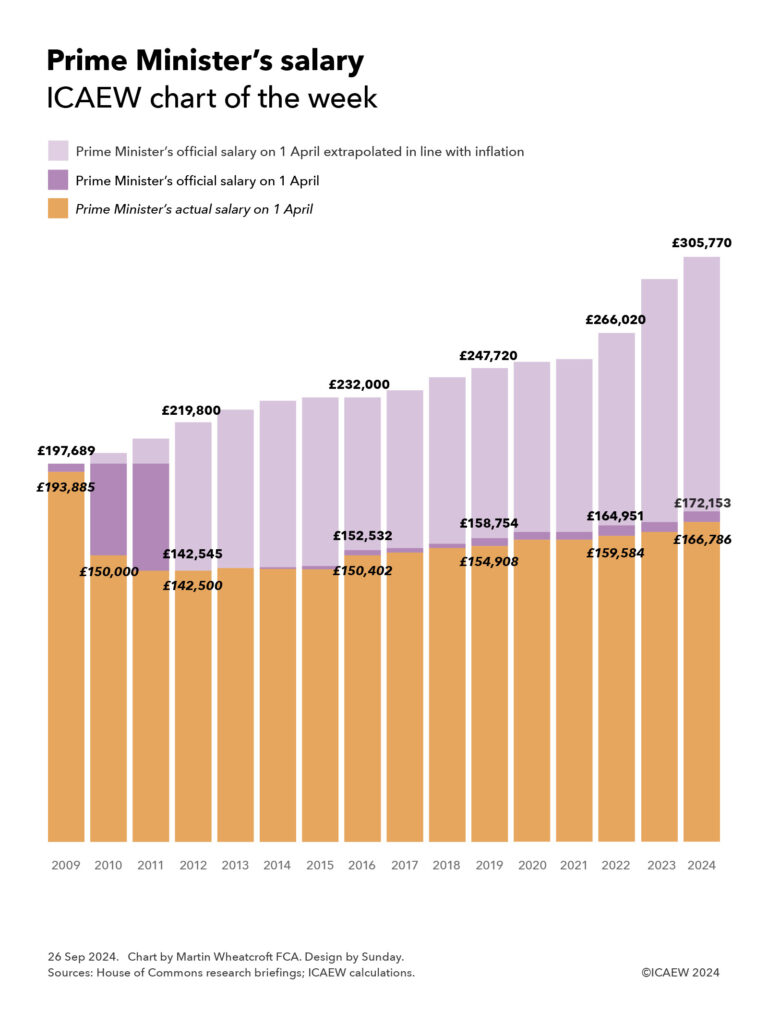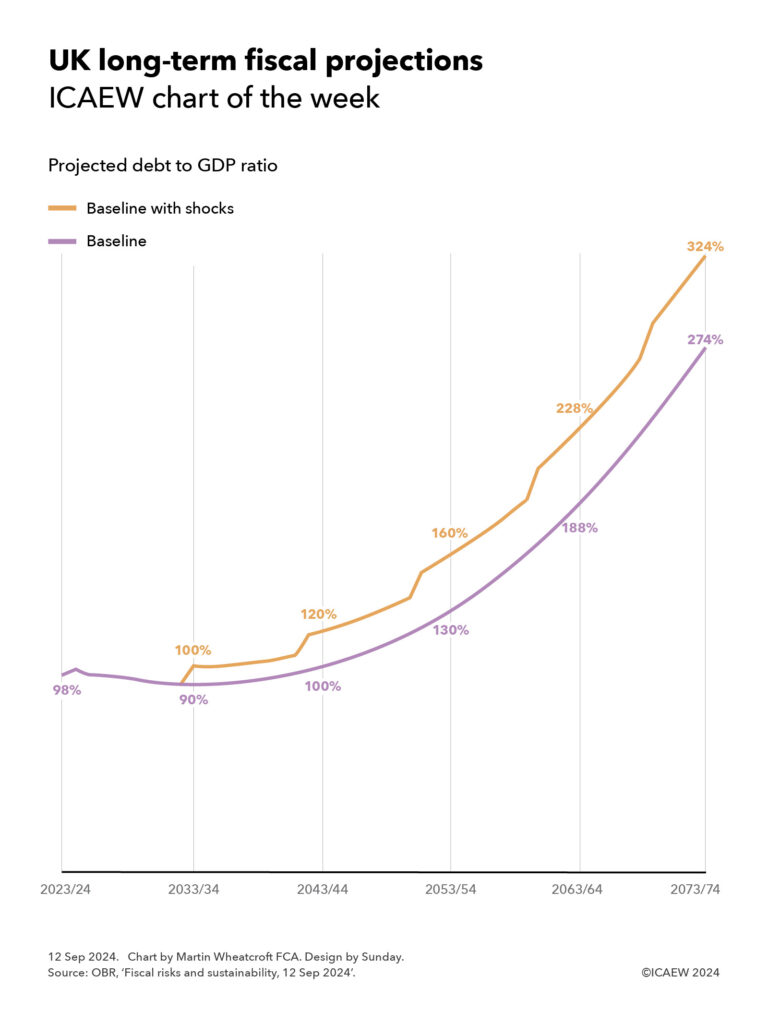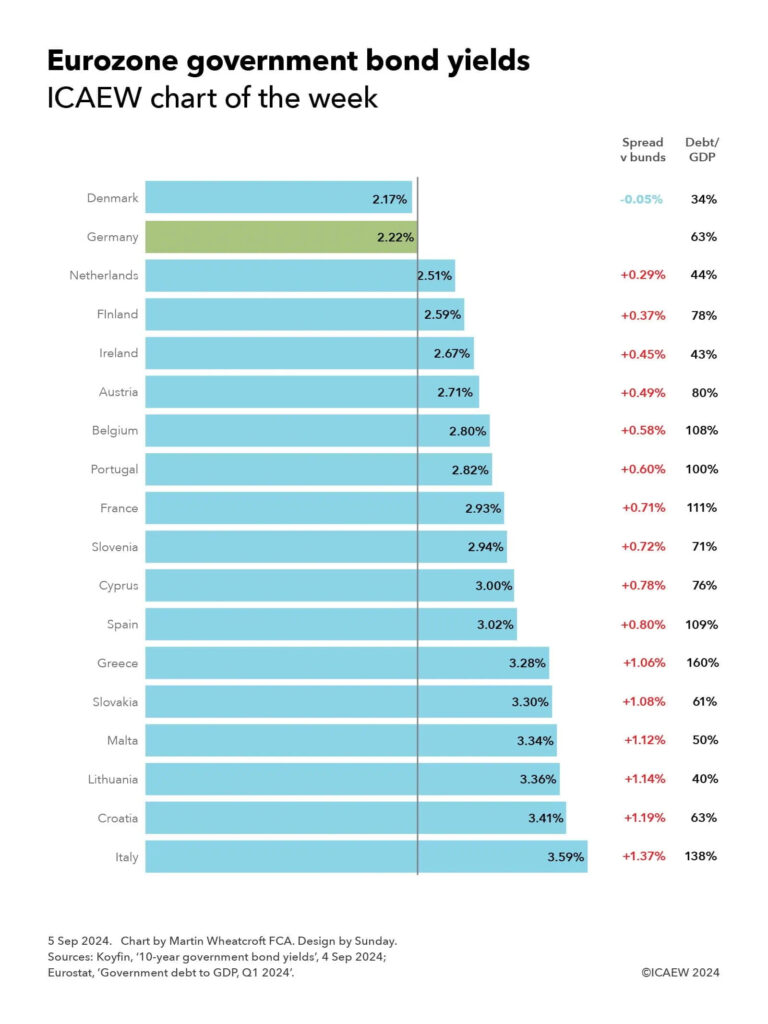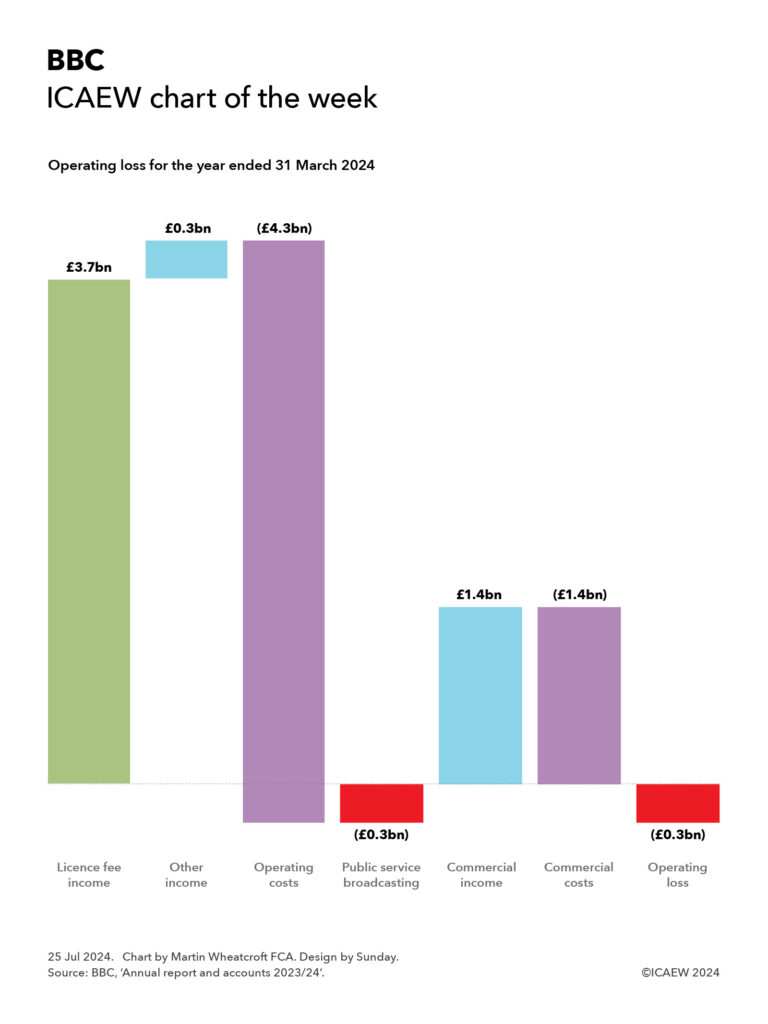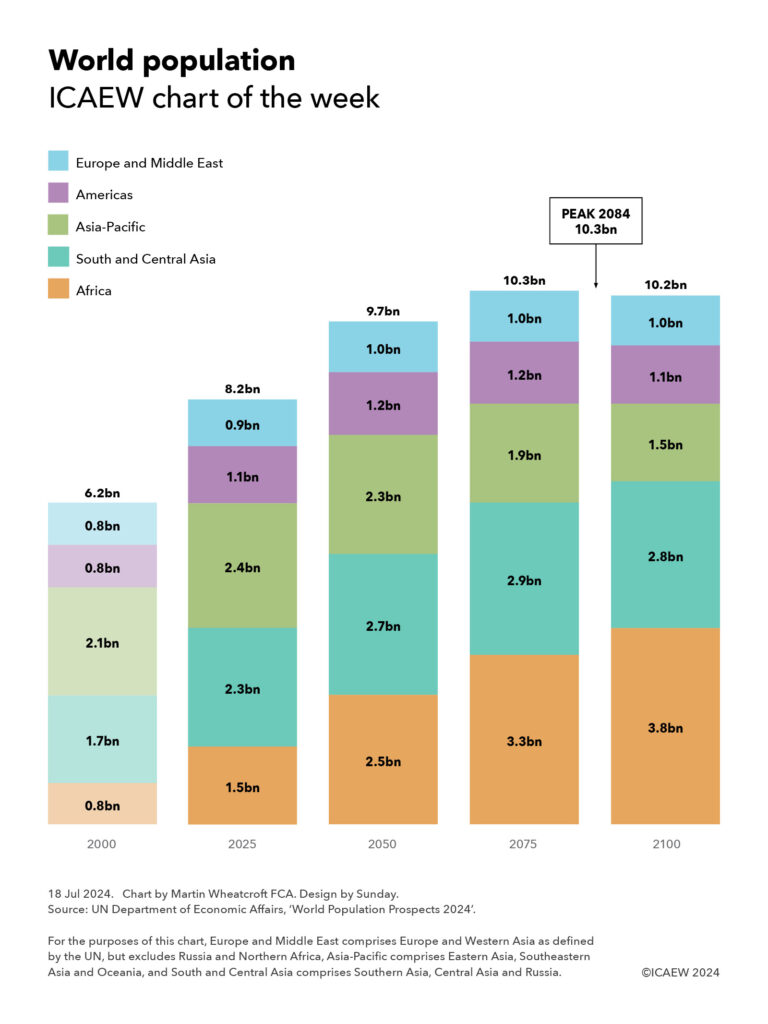With money tight and many local authorities in a precarious financial state, ICAEW’s Alison Ring asks how the government can deliver on its commitment to devolution in the latest instalment of Room 151’s Municipal Missions Manifesto series.
A change in government. A commitment to devolve power. No money.
We all know that England is the most centralised of the advanced economies, but it is still difficult to comprehend just how strange it is that in a nation of 58 million people (out of a UK total of 69 million), the national government in Westminster should be so intimately involved in deciding which high streets in Nottinghamshire or Cornwall are improved, whether to fund public conveniences in Lancashire or Kent, or which parks in Herefordshire or Hertfordshire should get outdoor chess sets.
We might also wonder why we have a central government ministry dedicated to local government at all when in most countries it is the regions, states or provinces that are responsible for local authorities.
Here in the UK, there is a large bureaucracy devoted to overseeing hundreds of councils across England of many shapes and sizes, while another department decides whether to fund road schemes hundreds of miles from London that the ministers and civil servants making those decisions may never use.
Despite the extensive control exercised by Whitehall, successive governments have found that this does not translate into effective action on the ground, while local leaders are frustrated by excessive bureaucracy and limitations on how they can drive economic development and deliver public services locally and regionally. Labour has committed to devolving power in England, but without resolving many of the current problems in local and regional government it is going to be difficult to make devolution a practical possibility.
Step 1 – stabilise the system
The new government has already made two promising announcements that should go a small way to stabilising the existing system. Firstly, it has confirmed that local authorities will participate in rolling three-year spending reviews to be carried out every other year. This will make a huge difference by enabling budget holders to plan ahead more effectively, particularly on capital investments where projects can often span multiple financial years.
Secondly, a ministerial statement from local government minister Jim McMahon has confirmed that action will be taken to tackle the backlog of incomplete audits which is undermining local authority financial reporting and the assurance provided by external auditors. Although tempered by the knowledge that it will take several years to get local audits back on track, and that many of the longer-term fundamental issues identified by the Redmond Review remain unaddressed, this is a positive step forward.
While money is tight, if funds can be found then supporting local authorities under the most financial pressure should be a priority.
Step 2 – complete the roll out of a regional tier of government
A combination of gentle encouragement, financial incentives and some arm twisting has led to the establishment of 11 combined authorities led by regional ‘metro’ mayors mainly in so called ‘city-regions’. Together with the Greater London Authority this means that around half of the English population now have a regional mayor, but the corollary is that the other half do not.
While a large part of devolution is about empowering individual local authorities, gaps in the regional tier of government make it difficult for Whitehall to hand out some of its core functions. This is particularly the case for economic development where, for example, Greater Manchester’s mayor Andy Burnham is all too eager to grasp whatever powers he can and run with them, but there is no one to take the lead in the same way for most of the South West.
One way to fill in the gaps would be to accelerate the roll-out of combined authorities, while another would be to go for the ‘big bang’ approach adopted by France in 1986 when it created a new tier of regional government across Metropolitan France in one fell swoop.
Step 3 – separate out social care and SEND from funding for local public services
One of the biggest drivers of the financial challenges faced by many local authorities is the growing cost of welfare provision – principally adult social care and special educational needs and disabilities (SEND) support. The ‘reverse hypothecation’ caused by these two costs has had the effect of squeezing budgets for local public services and pretty much everything else delivered by local authorities outside of (ring-fenced) social housing.
Ironically, one of the most effective ways to strengthen local government would be to centralise or regionalise social care and SEND budgets or at the very least deal with them separately in council tax bills as a distinct precept. Depending on how this is implemented, this could provide a much closer link between how much communities pay to their local councils and the local public services they receive.
Step 4 – sort out the finances
As the joke goes, if you want to get to where you want to go, then you shouldn’t start from here.
In this case, ‘here’ is a place where many local authorities are in financial difficulty and struggling to meet their statutory obligations. Funding formulas that are based on out-of-date population numbers and don’t reflect underlying needs. A council tax system reliant on 1991 property valuations. Business rates that are an unwieldy tangled mess.
These weak financial foundations to the local government system in England are crying out for reform, even it is necessary to acknowledge that change will be very difficult and politically risky. Despite the many different options that are theoretically possible, it is worth considering the proposal put forward by the Fabian Society in a recent report on fiscal devolution produced in association with ICAEW.
The Fabians suggested that the distribution of central government grants be agreed among local authorities rather than determined in Westminster, accompanied by a more stable basis to determining their amount. Another route that the Fabians looked at is the system of shared taxation in Germany which provides the core funding for German regions out of national taxes in a way that equalises funding between richer and poorer regions.
Step 5 – rebuild trust
Prising the hand of Whitehall off the shoulder of English local authorities is not going to be easy. It will take significant political capital to make devolution happen, and there will be many reasons found to not hand over control of the purse strings ‘just yet’.
Many of these reasons will be down to a lack of trust. Trust in the ability of local authorities to manage money wisely, not helped by the governance failures of recent years. Trust in the transparency of local authority finances, not helped by the impenetrable nature of the accounts. Trust in the quality of local public audit, not helped by the local audit crisis.
That is why devolution is not just about the decisions that central government makes to give away or delegate power and money, and how it chooses to structure the system. It is also about the choices made by local and regional authorities asking for those new powers.
So, if you are in an area without a combined authority, it is time to start talking to your neighbouring areas about forming one. If your accounts make it difficult for stakeholders to understand how you have spent public money, it is time to streamline and invest in making them better. And if you are behind on your audits, then you need to do what you can to work with your external auditors to get back on track.
There is a big prize here. More effective and efficient local and regional government leading to better outcomes. And more bandwidth in Whitehall to focus on national and international priorities.
Alison Ring OBE FCA is director for public sector and taxation at ICAEW, the Institute of Chartered Accountants in England and Wales.
This article was written on behalf of ICAEW by Martin Wheatcroft in conjunction with Alison Ring, and was originally published in Room 151 and subsequently (with some minor changes) by ICAEW.
